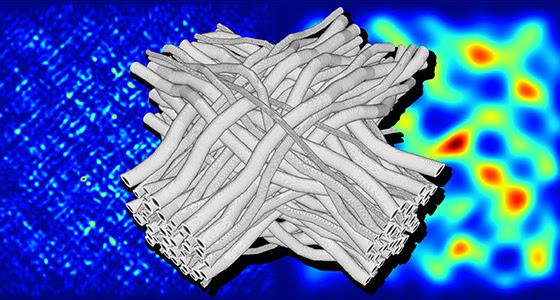New analysis examines light scattering properties in brain tissue to better understand the three-dimensional structure of nerve fibers

Credit: Forschungszentrum Jülich / Miriam Menzel
Understanding the brain’s many functions requires knowing its architecture. Polarized light imaging is a powerful method for characterizing the architecture of nerve fibers in the brain. Researchers have used tissue scattering to improve this imaging method and recreate an accurate three-dimensional image of brain connectivity, in particular nerve fiber crossings. Menzel et al. used biophysical models and experimental tests on a variety of post-mortem brain tissue samples. They found specific differences in how light traveled through tissue regions with different nerve fiber organizations. Their results could enhance scientists’ ability to conceptualize the brain’s architecture by allowing them to build three-dimensional images of brain nerve fiber arrangements.
###
Towards a high-resolution reconstruction of 3D nerve fiber architectures and crossings in the brain using light scattehttps://journals.aps.org/prx/accepted/9807fK92Tfd1220d358a6543a336dad6a78cc4eear
Miram Menzel et al.
Media Contact
APS Press Office
[email protected]




